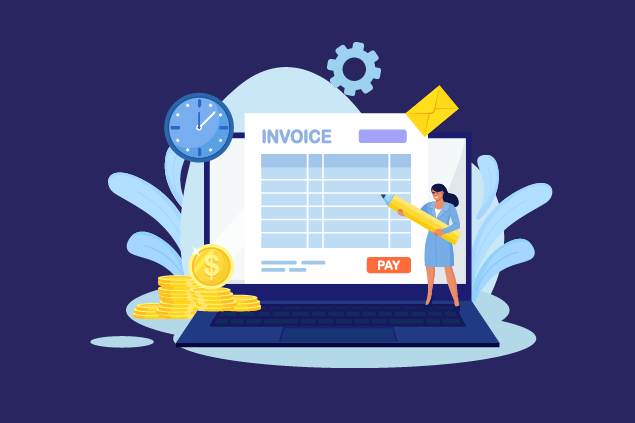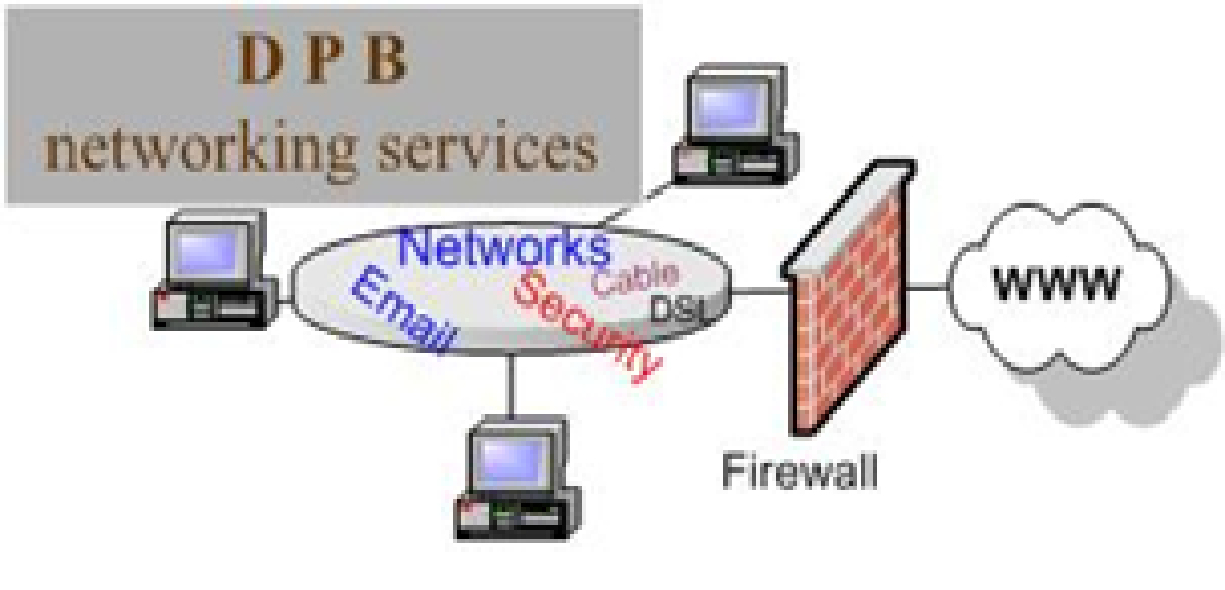Law school taught you how to provide excellent legal services—conducting detailed research, crafting airtight contracts, and making unimpeachable arguments for your clients.
But what about the details of business management? Odds are, accounts receivable weren’t a major focus in your coursework! As a result, implementing sustainable, profitable invoicing, billing, and payment practices can prove challenging for attorneys, whether you’re a solo practitioner or managing partner.
Whether your firm’s finances are already in poor shape or you simply hope to raise your collections rate in the new year, TimeSolv is here to help. In the sections below, we’ll break down the basics of accounts receivable (AR) and offer simple and actionable steps to increase your firm’s AR in under one year.
What is AR?
Simply put, accounts receivable or AR is the money clients owe to your firm. It accounts for the ‘gap’ between the fees you have invoiced for, but have yet to receive.
A low AR indicates that most of your clients settle their debts in full and on time. By contrast, a high AR can be a warning sign of looming financial challenges.
Causes and consequences
Many culprits can contribute to high AR, including:
- Inefficient invoicing
- Ineffective collections processes
- Insufficient follow-up on delinquent accounts
- Client resistance to paper-based billing and traditional payment methods
Left unchecked, these disconnects can lead to problems in every area of your legal practice, including the issues listed below.
Inconsistent and unpredictable cash flow
Paper-based billing and payment collection methods make it difficult to predict when you’ll receive compensation for the services you provide—or whether you’ll get it at all.
Upsetting operational workflows
Every minute legal staff spends chasing payments is a minute that could be better spent on the innumerable other tasks essential to running your practice
Of course, disparities between revenue and AR also make it challenging to budget for firm expenses, such as taxes, payroll, insurance and office overhead.
Damaging client relationships and reputation
Many practice managers are hesitant to aggressively pursue collections on delinquent accounts. This scenario often stems from fear that doing so could damage the attorney-client relationship, making clients feel uncomfortable or awkward about approaching their attorneys.
What’s more, if your high AR stems in part from outdated billing and invoicing practices, your clients could equate outdated these billing practices with a lack of commitment to advance in other relevant areas, such as legal developments and processes. The result? They may look to work with your competitors who actively pursue modern payment practices at their practices.
Disrupting attorney rates
The average collection rate sits at about 85%, meaning that most firms sacrifice around 15% of their income to nonpayment. To make up the difference, some firms are forced to raise their rates. This may ultimately be more damaging to client relationships than pursuing unpaid invoices.
Key steps to a lower AR and a more profitable firm
If you experience resistance to overhauling your billing and payment process, we understand. People like what they already know. And without the right legal technology on your side, the undertaking can feel formidable. However, the sooner you implement the changes outlined below, the sooner your firm will benefit from a more predictable, consistent cash flow.
Accept the necessity of electronic billing
Electronic billing benefits your firm in several ways. From start to finish, electronic billing is more time-efficient and cost-efficient than traditional paper billing. However, legal-specific billing is more than “nice-to-have” for these perks. In recent years, it’s become an essential tool for any modern, smooth-running and—most importantly—profitable law firm.
According to the Federal Reserve’s 2021 Diary of Consumer Payment Choice study, 76% of consumers say they prefer to pay for services with a credit or debit card. Your clients are no exception.
More and more, clients expect the option to pay for goods and services with debit or credit cards. In fact, some of your younger clients may not even have a checkbook.
Consider offering payment incentives
Although it’s less common, some clients may be so used to paper billing for legal services that they become wary of the perceived effort required to make the switch to another payment method. To encourage these clients to embrace electronic billing, make sure you offer resources that educate them on how these payment methods empower them to take greater control of their legal bills.
Don’t forget to mention that it allows your attorneys to have more time to focus on their legal matters, too.
If all else fails, consider offering your existing clients a slight discount to make the switch to electronic payments. For new clients, you could also consider offering an early-bird special—a slight discount for settling legal debts before the due date.
Set streamlined protocols
Think critically about your current process.
Where does the most workflow congestion occur? (If you’re already using legal time tracking and billing software, use built-in reports to determine this.)
Once the most convoluted aspects of your invoicing, billing, and payment processes have come to light, consider what steps you can take to streamline them.
Adding electronic billing to your portfolio of payment options can help you:
- Reclaim the time usually spent scanning, sorting, mailing, and filing paper bills
- Eliminate redundant data entry and the billing errors it causes via typos
- Eliminate silos around billing data, allowing legal staff to locate important details with a single search
- Shrink the collection timeline
- Gain greater insight into your firm’s finances through automated reports
However, adopting legal billing software won’t remedy your high AR on its own unless it’s used strategically and consistently.
Create a timeline of the exact steps staff will take for every client, every billing cycle
Timeline in hand, draft a new payment agreement and authorization form that explain:
- Where and how long client payment methods will be stored
- When payment is expected
- How often the client will receive an invoice
- How invoices will be delivered (email)
- How many days clients will have to review their invoice before your firm runs their payment method
As you set up your new payment agreement and authorization, check with your local bar for any relevant guidelines. Many bar associations have established a protocol on the minimum number of days between invoicing and running electronic payments.
In many cases, net 30 terms for payment aren’t necessary and can actually hurt AR. A shorter waiting period before payment is more advantageous. Consider running payments 10 days, 5 days, or even 3 days after sending out each invoice.
The TimeSolv method for zero AR
The days of waiting weeks or even months to collect funds for your legal services are over. Instead, get paid in seconds with TimeSolv.
Here’s how it works:
- Clients sign your payment agreement and authorization form, providing their payment details before any work is completed on their legal matter
- Store this information using one of TimeSolv’s trusted partners
- Use TimeSolv to track expenses and time for each matter
- Generate draft invoices for a full batch of clients with one click—you can divide clients into batches based on the timeframe, practice area, or however else it makes sense for your firm
- Wait the agreed-upon amount of time
- Run payment for all clients (unless they’ve reported an issue with their invoice) in one click
- Get paid in seconds!
This patented process to reduce AR is so effective that we guarantee your collection rate will improve in six months—or your money back.
Try TimeSolv for free
Keep your collections rate about 97% and your billing process simple. Get started with TimeSolv today by scheduling your free Demo.
















